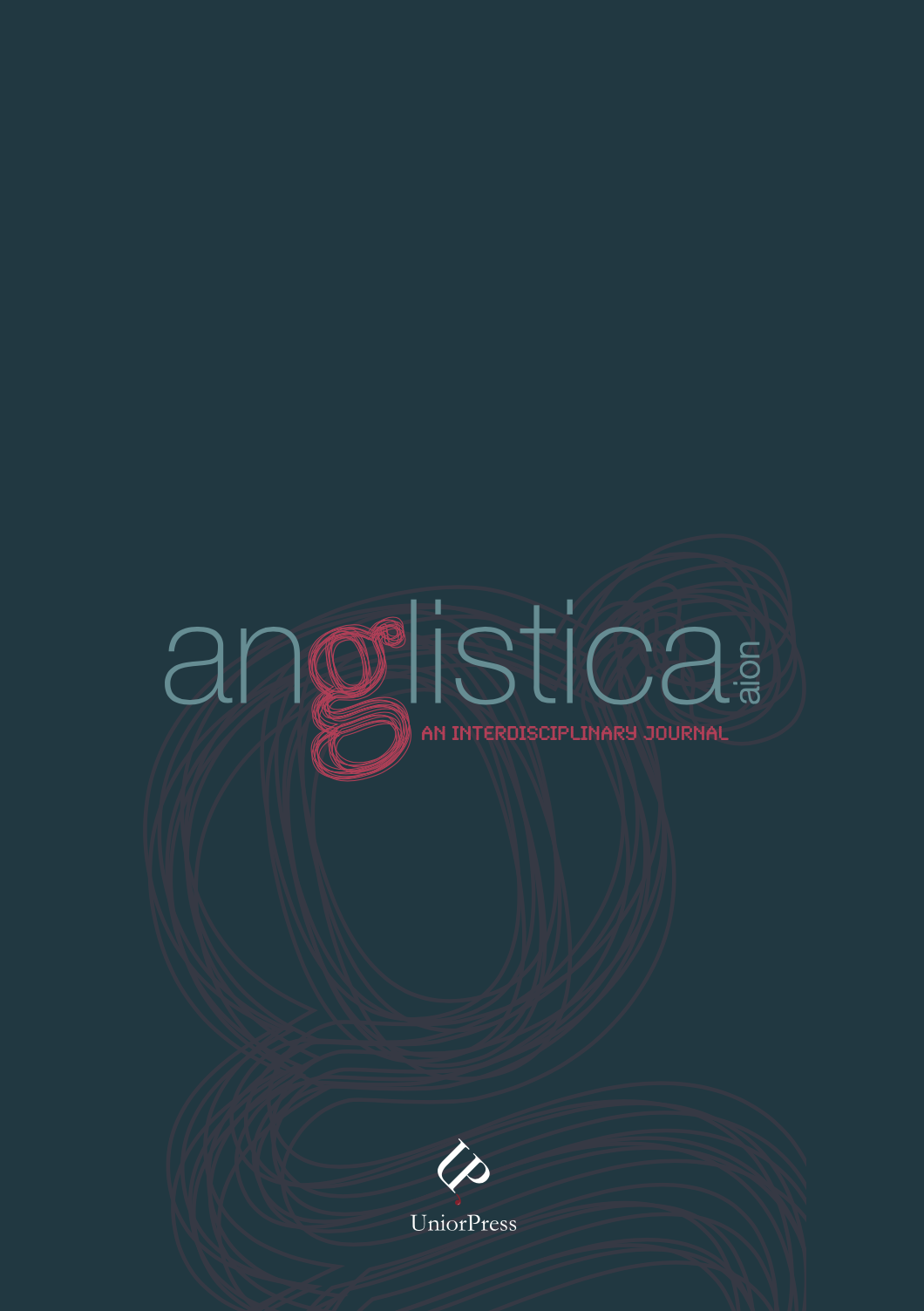Terra Firma and Fluid Spaces
Warli Painting from the Neolithic to the Postmodern
Abstract
This essay examines the locus of change and, perhaps more significantly, the consequent implications and ramifications behind the recontextualization of Warli painting since the 1970s. The arguments put forth adopt an art historical perspective to analyse and address questions of how to view the status of the art object in a wider discursive context. The discourse focuses on the juxtaposition between an uninstitutionalised ancient art form as it is disseminated in an institutionalised contemporary society and the dialogue that results from this dichotomy, which attempts to navigate the shaky terrain upon which identities are formed and binaries are transcended. Issues surrounding representation have always been in contention and these are heightened in the case of Warli painting, which until the mid-20th century lacked any kind of formal structure. Acknowledging the exigent need to investigate the changing identity of the artefact within the context of the current postmodern age, which is marked by its very fragmentation and intrinsic “incredulity toward metanarratives”, (Jean-François Lyotard) previously unalienable Truths such as Authenticity, Identity, Originality are thrown into question, consequently utterly destabilising the position of the art object. And a fundamental issue is raised: how does one interpret and negotiate an ancient art form within a highly commercialised global context?


